HDTV Computer Cable Overview
Product Details:
- Application Computer
- Cable Type USB
- Color Black
- Click to View more
HDTV Computer Cable Overview Price And Quantity
- 10 Piece
HDTV Computer Cable Overview Product Specifications
- USB
- Computer
- Black
HDTV Computer Cable Overview Trade Information
- 100 Piece Per Week
- 7 Days
Product Description
Introduction: HDTV computer cables are designed to connect computers to high-definition televisions (HDTVs) or monitors, enabling high-quality video and audio output. These cables are essential for delivering sharp, clear images and sound from your computer to a large display, whether for gaming, media consumption, or presentations.
Key Types of HDTV Computer Cables:
-
HDMI (High-Definition Multimedia Interface) Cables:
- Purpose: Transmit both high-definition video and audio signals from a computer to an HDTV or monitor.
- Features:
- Video Quality: Supports resolutions up to 4K (3840x2160) and higher, including 8K with newer HDMI versions.
- Audio: Carries digital audio, including multi-channel surround sound.
- Versions:
- HDMI 1.4: Supports up to 4K resolution at 30 Hz.
- HDMI 2.0: Supports 4K resolution at 60 Hz and enhanced audio features.
- HDMI 2.1: Supports 8K resolution, higher refresh rates, and advanced features like eARC (Enhanced Audio Return Channel).
- Connectors: HDMI Type-A (standard), HDMI Type-C (mini), HDMI Type-D (micro).
-
DisplayPort Cables:
- Purpose: Connect computers to monitors or HDTVs, providing high-quality video and audio.
- Features:
- Video Quality: Supports resolutions up to 4K (DisplayPort 1.2) and 8K (DisplayPort 1.4/2.0).
- Audio: Carries digital audio along with video.
- Versions:
- DisplayPort 1.2: Supports up to 4K resolution at 60 Hz.
- DisplayPort 1.4: Adds support for higher resolutions and refresh rates, including HDR (High Dynamic Range).
- DisplayPort 2.0: Supports up to 8K resolution at 60 Hz and higher bandwidth.
- Connectors: DisplayPort, Mini DisplayPort (also known as Thunderbolt).
-
DVI (Digital Visual Interface) Cables:
- Purpose: Connect computers to monitors or HDTVs, typically used for digital video signals.
- Features:
- Video Quality: Supports resolutions up to 1920x1200 for DVI-D (digital) and higher for dual-link DVI.
- Audio: DVI does not carry audio; it is used only for video.
- Types:
- DVI-D: Digital-only connection.
- DVI-I: Integrated connection that supports both digital and analog signals.
- Connectors: DVI-D, DVI-I.
-
VGA (Video Graphics Array) Cables:
- Purpose: Connect older computers to monitors or HDTVs, transmitting analog video signals.
- Features:
- Video Quality: Supports lower resolutions compared to HDMI and DisplayPort, up to 1920x1080 (Full HD).
- Audio: VGA does not carry audio; it is used solely for video.
- Connectors: 15-pin D-sub connector.
Considerations for Choosing HDTV Computer Cables:
-
Resolution and Refresh Rate:
- Ensure the cable supports the resolution and refresh rate required by your display for optimal image quality. HDMI and DisplayPort are preferred for 4K and higher resolutions.
-
Audio Requirements:
- HDMI and DisplayPort cables carry both video and audio, while DVI and VGA cables require separate audio connections.
-
Cable Length:
- Choose a cable length that fits the distance between your computer and the HDTV. Longer cables can lead to signal degradation, so use high-quality cables if a long distance is necessary.
-
Compatibility:
- Verify that the cable and connectors are compatible with both your computer's output and your HDTV's input. Adapters may be required if the connectors differ.
-
Future-Proofing:
- Opt for cables that support the latest standards (e.g., HDMI 2.1 or DisplayPort 2.0) to ensure compatibility with future devices and higher resolutions.
Conclusion: HDTV computer cables are crucial for connecting computers to high-definition displays, ensuring high-quality video and audio output. Choosing the right cable based on resolution, audio needs, and compatibility will enhance your viewing and computing experience.
Visuals and Diagrams:
- Connector Images: Illustrations of HDMI, DisplayPort, DVI, and VGA connectors.
- Resolution Comparison Chart: Visual comparison of resolutions supported by different cables.
- Cable Length Recommendations: Guidance on optimal cable lengths for various setups.

Price:
- 50
- 100
- 200
- 250
- 500
- 1000+
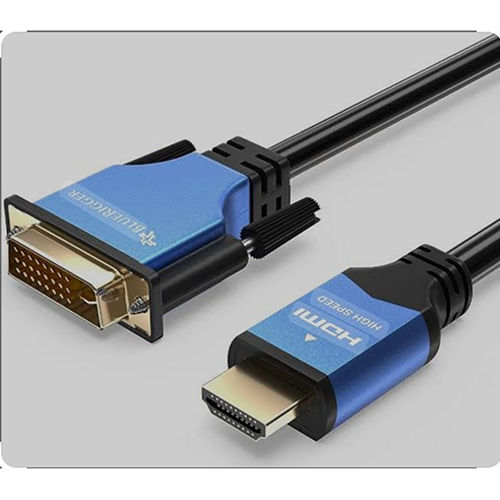

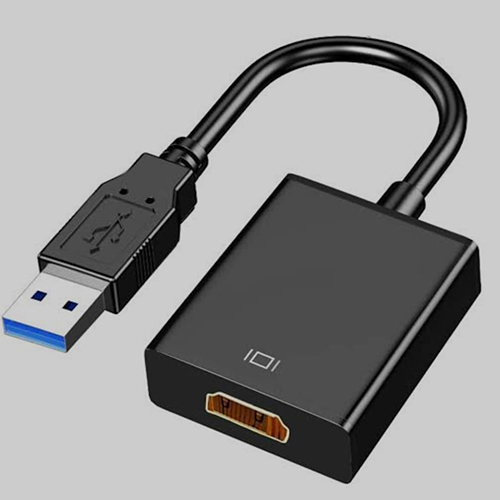
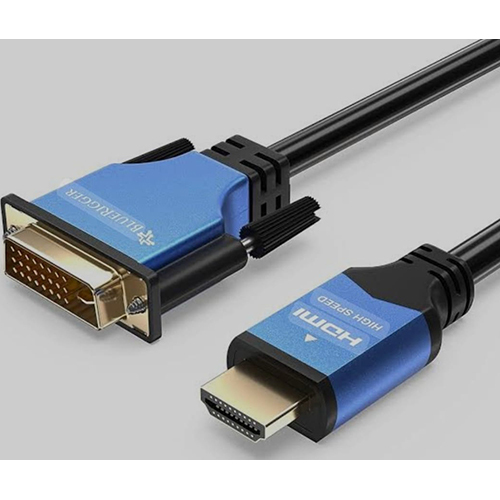
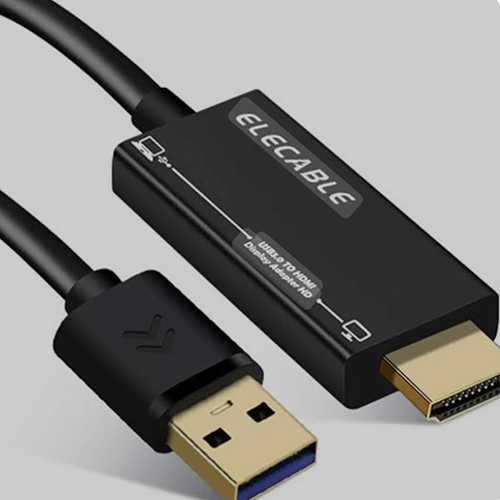
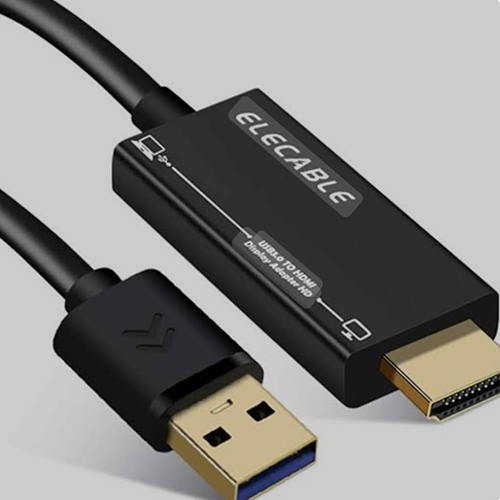


 Send Inquiry
Send Inquiry